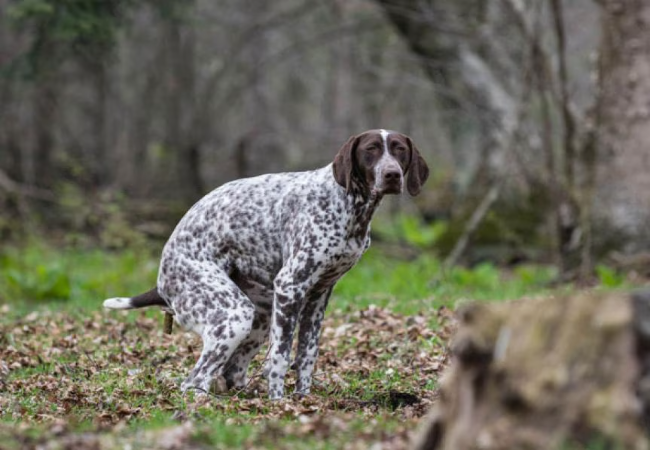Vet Guide to 2025: What Healthy Dog Poop Looks Like — Color, Consistency & When to Worry 🐶🩺

In this article
Vet Guide to 2025: What Healthy Dog Poop Looks Like — Color, Consistency & When to Worry 🐶🩺
By Dr. Duncan Houston BVSc
Poop isn't glamorous—but it's one of the best ways to understand your dog's health. I’m Dr Duncan Houston BVSc, here to show you exactly what healthy stool looks like—including color, consistency, size, and smell—plus signs that call for veterinary care and how Ask A Vet. Let’s decode those droppings! ✨
1. Ideal Poop Characteristics
- Color: Rich chocolate brown from bile pigments—ideal stool in most dogs.
- Shape & consistency: Log-shaped, firm but pliable—like Play‑Doh—should hold shape without crumbling or smearing.
- Odor: Mildly odorous but not overly foul—extreme smells suggest digestive or bacterial disruption.
- Size: Quantity should match diet—large dogs produce larger stools; fluffy or watery stool may reveal issues.
2. The 4 C's of Healthy Stool
- Color: Chocolate‑brown only; variations may prompt concerns.
- Consistency: Scores 2–3 on Bristol scale; firm, segmented curves indicate good health.
- Contents: Should be free of worms, whole foods, debris or mucus.
- Coating: No slime or mucus—occasional thin mucus is okay, but persistent coating means check‑up needed.
3. What Abnormal Poop Looks Like
- Black/tarry: Could indicate bleeding in the upper GI—urgent veterinary care.
- Red streaks: Signify lower GI bleeding, like from colitis or trauma.
- Yellow/orange/grey: Suggests liver, pancreas or gallbladder issues—seek evaluation.
- Green: Often from grass, but can indicate gallbladder issues or toxins.
- White spots: Like rice → tapeworms or parasites.
- Unusual shapes (pellets or watery): Points to constipation or diarrhea; consider hydration and diet.
4. When to Contact Your Vet
- Persistent changes >2 bowel movements (color, consistency, frequency).
- Signs of blood, tarry stools, mucus, worms, odd objects or foul odor.
- Accompanied by vomiting, loss of appetite, lethargy, weight loss, straining or pain.
5. How Ask A Vet,
- Ask A Vet App: Log stool characteristics with photos and receive expert advice in real time.
FAQs
- How often should my dog poop?
- Once or twice daily is typical—but slight variations aren’t alarming so long as consistency & color stay normal.
- My dog’s poop is firmer—what now?
- Firm, pebble-like stools (Type 1–2) may indicate dehydration or constipation—offer water and monitor; if no improvement, call vet.
- Green poop but acting fine?
- Probably from a grass—fed bland diet, monitor 24–48 hrs. If it persists, check for liver or gallbladder issues.
Conclusion 💡
Healthy dog poop is more than brown—it's about shape, smell, and content too. By knowing what to look for and acting on red flags, you give your dog the best gut check possible. Use Ask A Vet for real‑time tracking and continued wellness. Happy scooping leads to healthier pups! 🐾❤️






